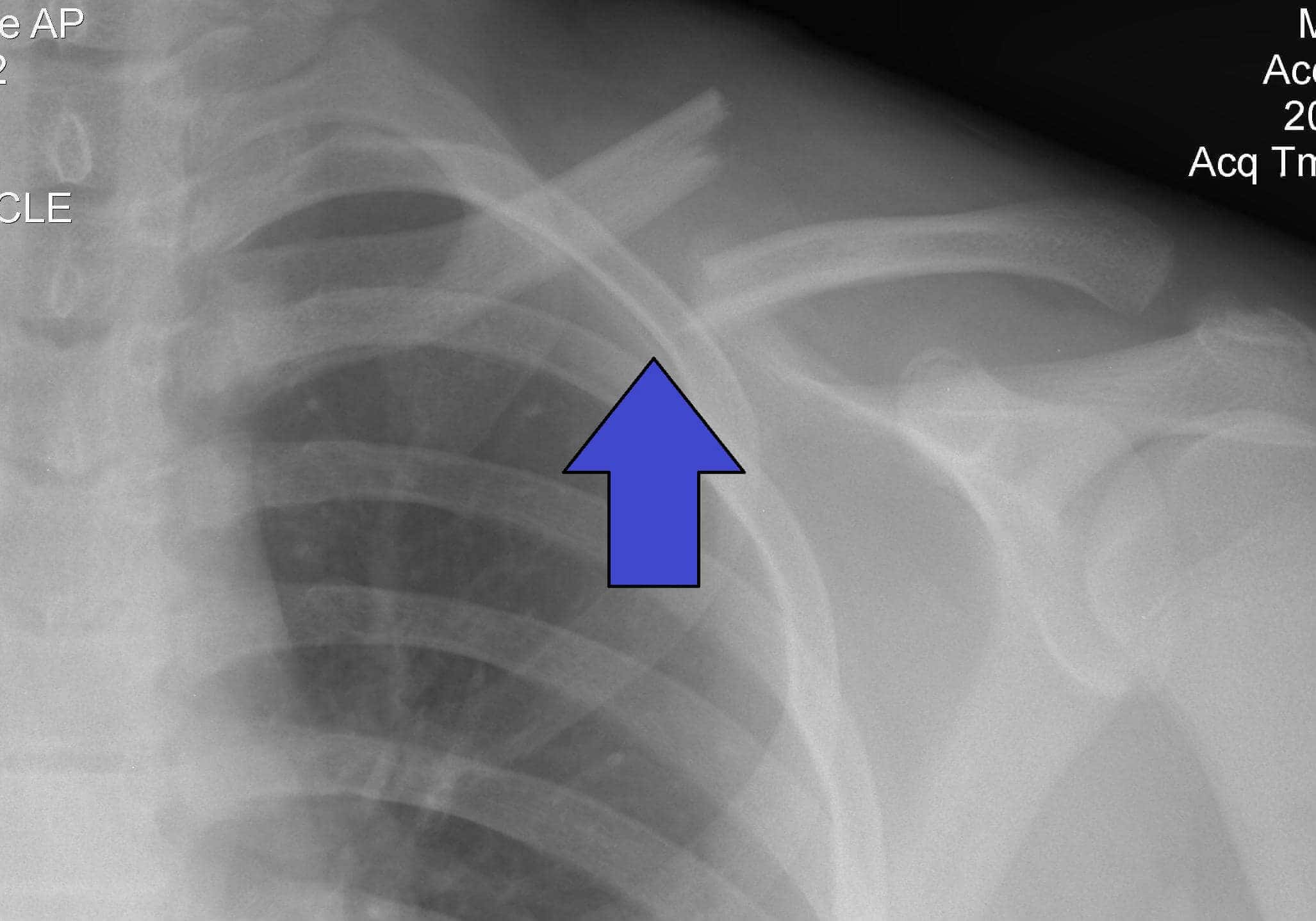The Clavicle: Your Collarbone Explained
The clavicle, commonly known as the collarbone, is a slender yet vital bone that plays a crucial role in shoulder function and upper body stability. Located horizontally across the top of the chest, it connects the breastbone (sternum) to the shoulder blade (scapula).
This H-shaped bone allows for a wide range of arm movements, including reaching, lifting, and pushing. Despite its strength, the clavicle is susceptible to fractures, especially during falls or direct impacts to the shoulder.
This article delves into everything you need to know about the clavicle, including its anatomy, common injuries like broken collarbones, and various treatment options.
Anatomy of the Clavicle
The clavicle is a unique bone with a simple structure but a complex role. Here’s a breakdown of its key aspects:
Shape and Size
The clavicle is a slightly curved bone with a flattened shape. Its length and thickness vary slightly between individuals, typically measuring around 15 cm (6 inches) long and 1.2 cm (0.5 inches) thick.
Ends of the Clavicle
The medial end of the clavicle connects to the sternum through a joint called the sternoclavicular joint. This joint allows for upward and downward movements of the shoulder and clavicle.
The lateral end connects to the acromion process, a bony projection on the top of the shoulder blade, forming the acromioclavicular (AC) joint. This joint permits gliding movements of the scapula on the chest wall.
Clavicular Ligaments
Several ligaments surround the clavicle, providing stability and support to the joints it forms. These ligaments include:
- Costoclavicular ligaments: Connect the clavicle to the first rib.
- Interclavicular ligament: Connects the medial ends of both clavicles at the sternum.
- Coracoclavicular ligaments (conoid and trapezoid ligaments): Connect the clavicle to the coracoid process, a beak-like projection on the scapula, stabilizing the AC joint.
Functions of the Clavicle
The clavicle plays a vital role in several upper body functions, including:
- Supporting the weight of the arm: The clavicle acts as a bridge, transmitting the weight of the arm and upper body to the torso.
- Maintaining shoulder stability: The clavicle connects the arm and shoulder complex to the chest wall, providing stability during various movements.
- Facilitating arm movement: The clavicle allows for a wider range of motion in the shoulder joint by preventing the scapula from riding too high on the chest wall.
- Protecting underlying structures: The clavicle shields vital structures like nerves and blood vessels located beneath it.
Broken Collarbone (Clavicle Fracture): A Common Injury
A broken collarbone, also known as a clavicle fracture, is a relatively common injury, particularly among young adults and athletes. It typically occurs due to a fall onto an outstretched arm or a direct blow to the shoulder.
Symptoms of a Broken Collarbone
If you suspect a broken collarbone, you might experience the following symptoms:
- Pain: This is the most common symptom, often described as a sharp or throbbing pain in the collarbone area.
- Swelling and bruising: The area around the break may become swollen and bruised within a few hours of the injury.
- Deformity: In some cases, the broken bone ends may be visibly displaced, causing a deformity in the collarbone.
- Difficulty moving the arm: Pain and weakness can make it difficult to lift or move the affected arm.
- Popping or cracking sound: You might hear a popping or cracking sound at the time of the injury.
It’s important to note that these symptoms can sometimes overlap with other shoulder injuries. If you suspect a broken collarbone, seeking immediate medical attention is crucial for a proper diagnosis and treatment plan.
Types of Clavicle Fractures
There are several ways a clavicle can fracture, categorized based on the location and severity of the break. Some common types include:
- Mid-shaft fracture: This is the most common type, occurring in the middle portion of the clavicle.
- Distal clavicle fracture: This fracture occurs near the acromioclavicular joint.
- Proximal clavicle fracture: This fracture occurs near the sternoclavicular joint.
- Comminuted fracture: The bone breaks into multiple fragments.
- Displaced fracture: The broken bone ends are separated or misaligned.


